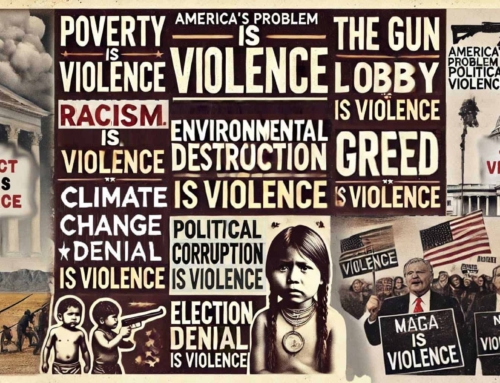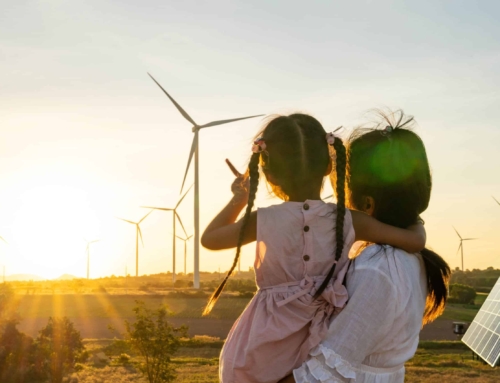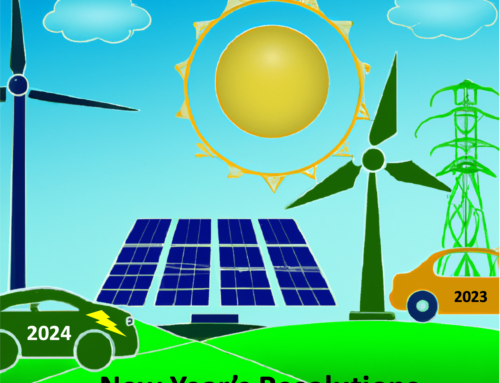(originally published July 2020)
Part III
I am giving testimony to an administrative law judge on the impact of climate change on Minnesota crops, and why we shouldn’t allow a dirty tar sands pipeline to be built in our state. There are three hundred people in the room. To my left are about 40 union members, Local 49, all wearing identical yellow “Support-the-Pipeline” T-shirts. After my testimony, I decide to talk to them.
I introduce myself to one of their spokespeople and ask why they are supporting the pipeline. He answers that it is because they want the jobs.
Cleverly, I think I have an answer. I believe it to be a well-reasoned and supported by facts. I tell him that renewable energy is producing more jobs than oil in Minnesota by threefold.
He looks at me for a few long seconds and answers, “We want those jobs too.”
Bam! I’ve fallen into the trap of accepting and using the dominant narrative. In this case, the economic narrative of which the jobs story is just one story. This one simple narrative may determine if we put Line 3, the equivalent of 50 black smoking coal plants, in Minnesota.
A narrative is a high-level set of stories that combine to create a worldview. The stories we tell help build our cultures, identities and communities. Together, they are often based on the same or similar values.
For example: In America, hard work will make you a success regardless of where you come from or your background. This narrative is supported by a strength and individualism set of values. Combine this with the Go-to-college story and the lazy welfare story and they begin to form the work hard and get ahead narrative. Together they start to create a worldview that influences public policy and social norms. They become a shorthand way to understand the world. Mostly without thinking. Regardless of whether your hard work is getting you ahead.
A narrative, as a cultural set of stories, becomes dominant when some of us accept it as being true. Strangely, it doesn’t take a majority to believe in the narrative for it to be effective. Like frames, narratives often present a one-sided view of a subject.
Today, there is a science isn’t true narrative that is made up of stories about masks, vaccines, and conspiracy theories. Again, it doesn’t take a majority to have this narrative become accepted enough to disrupt public policy. Combine it with the economic narrative and suddenly we have one of the highest pandemic death rates in the world and are arguing about whether we return to work so the economy can survive.
In the case of my conversation with the union leader, the narrative was economic and the story was simply, “All jobs are good.” That hard work is rewarded. Told often enough and narratives become part of society’s accepted worldview.
Some narratives are literally true, or contain an element of truth, while others are outright false. For example, if you are a Black American, with a heritage of slavery and still facing racism, will your hard work be rewarded? Can you really get ahead? When a narrative becomes dominant, it is woven into our laws, policies and culture. For example, “There is no need to extend unemployment benefits during a pandemic because it only helps those that don’t want to look for work.”
When we understand the dominant narratives are inhibiting action on the climate crisis, we can avoid an unconscious acceptance of them and avoid reinforcing them with our own communications.
There are many dominant narratives, but here are three that are particularly bankrupt, and I’ll write about them in other posts. They are
- The Economic Narrative
(Corporations know best, corporations provide jobs, , jobs are good, jobs provide money, money allows you to consume and makes you happy, consumption is good for the economy.) - The Doubt, Sacrifice, and Helplessness Narrative
(Things are not certain; i.e. climate change or pandemic causes. It’s your fault. i.e. You’re overweight or drive a car. So you’re going to need to sacrifice. It’s beyond your control. There is nothing you can do about it.) - The Strength Narrative
(Those in power know best. Our way is the only way because we are strong. Because you are helpless, you need us. We will save you. This narrative contains elements of gender, racism and nationalism as well.)
In the climate movement, we must pivot to our own narratives. Like frames, we cannot overcome the dominant narratives by attacking them directly or using them ourselves. This only reinforces them. While jobs provide a logical reason to support renewable energy, it only reinforces the idea that the economy is more important than people’s lives. Ask yourself, who is the economy? Reason and facts are not as powerful as narratives and stories and we cannot rely on them to create change.
So what are these climate narratives?
- The Climate Justice Narrative
(BIPOC are disproportionately affected by climate and pollution. Issues of poverty, racism, health and climate are connected. What’s good for one of us is good for all of us.) - The Natural World Narrative
(We are part of the earth and the natural world is beautiful and supports us.) - The Conservation and Heritage Narrative
(We have a proud heritage of supporting clean water, air and land.) - The Health Narrative
(The climate crisis is a health crisis. Our health is improved when we come together to slow the climate crisis.) - The Faith Narrative
(God didn’t give us dominion over the world to destroy it. He/she made us stewards of the world.)
All of these are based on the values of caring, empathy, respect for the dignity of life, inclusiveness, fairness and family. They appeal to many conservatives as well and can attract people who are in the middle on climate.
So, when we say that renewable energy provides jobs, this may be true, but we are supporting the narrative that jobs and the economy are the only thing that is important. This includes jobs that damage our health and climate. It would be better to pivot to the health or climate justice narrative.
This is what a climate justice narrative might sound like.
- Facing floods in Louisiana, or fires in California, or drought in Iowa is terrifying. No matter where we live, what we look like, or where we come from, we all want a clean environment and a safe future for our families and loved ones.
- But for too long, we’ve let a few rich fossil fuel executives and the corrupt politicians they support, divide us against each other. They do this to pad their profits by knowingly selling dirty toxic products that are warming our climate and damaging the our health.
- We must stop subsidizing fossil fuels and phase them out. Imagine a world where we all can breathe clean air, drink pure water and assure a clean healthy future for our kids. We have the solutions. We can protect our air, water and land by switching to clean renewable energy.
- This is a moment that we must stand with and for each other across our differences to ensure climate justice and a clean healthy future for all of our families.
If we want to change the future, we can’t just rely on elections. We need to change our underlying values as a society. Rather than simply arguing against the bankrupt dominant narratives as we have for so long, we can pivot to new narratives. Where does your story fit in these new narratives?
Hobie,
‘We are all connected. Savor the Earth!’™
L. Hobart Stocking
SkyWaterEarth.com
hobart@skywaterearth.com
651-357-0110
Facebook: @SkyWaterEarthConnected
Twitter: @SkyWaterEarth








Leave A Comment